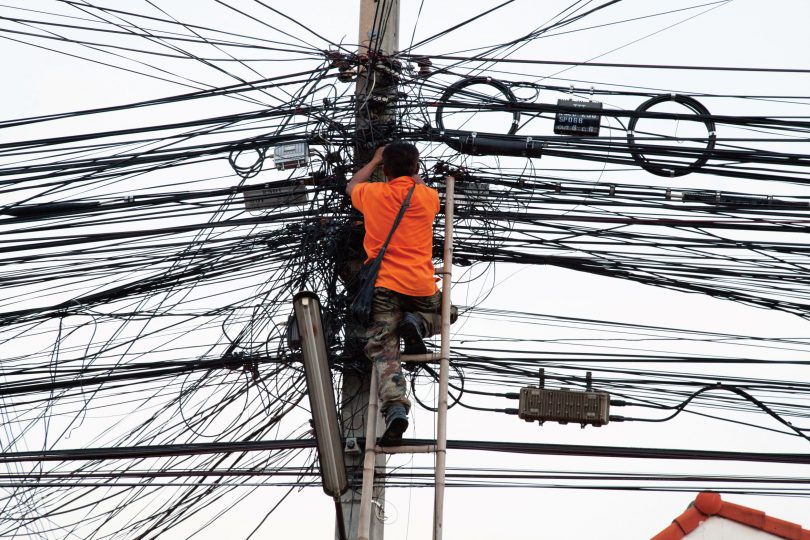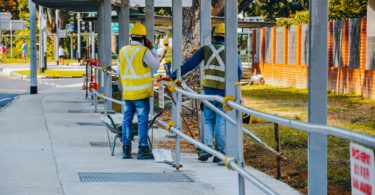By Anisa Pinatih
The power transmission subsector is an integral part of the electric power system and a critical area of focus for keeping pace with current developments in Malaysia. Tenaga Nasional Berhad’s (TNB) Chairman Dato’ Seri Mahdzir Khalid said at the company’s general meeting on 10 May 2021 that measures taken by the government as well as the rolling out of vaccines offered a sense of optimism so that the economy—hence demand of electricity—will pick up in the second half of 2021. Augmentation of power generation and transmission facilities are inevitable; but so are the challenges in the construction processes.
TRANSMISSION LINE & RIGHT OF WAY
High voltage power transmission in Malaysia comprises 500kV, 275kV and 132kV capacities—these are either designed as overhead lines erected with lattice towers or monopoles, or as underground cables. Transmission line routes span across the country. Similar to highways or gas pipelines, the construction of power line requires the acquisition of the Right of Way (RoW) along the route earmarked in the project plan. Opposition does happen by local community and landlords, which may end up in project delays.
Right of Way (RoW) is a legal right of passage over another person’s ground for the purpose of installing any electrical system under the Malaysian law (Electricity Supply Act 1990 (ESA)). A RoW is often temporary and does not automatically transfer to a new owner or occupier. More importantly, the ownership of the land remains with the registered owner. Problems arise when property owners cannot be located, deceased with unsettled transfer of ownership, land under lease or sublease etc.

 Malaysia
Malaysia Hong Kong
Hong Kong Indonesia
Indonesia Tiếng Việt
Tiếng Việt ประเทศไทย
ประเทศไทย











